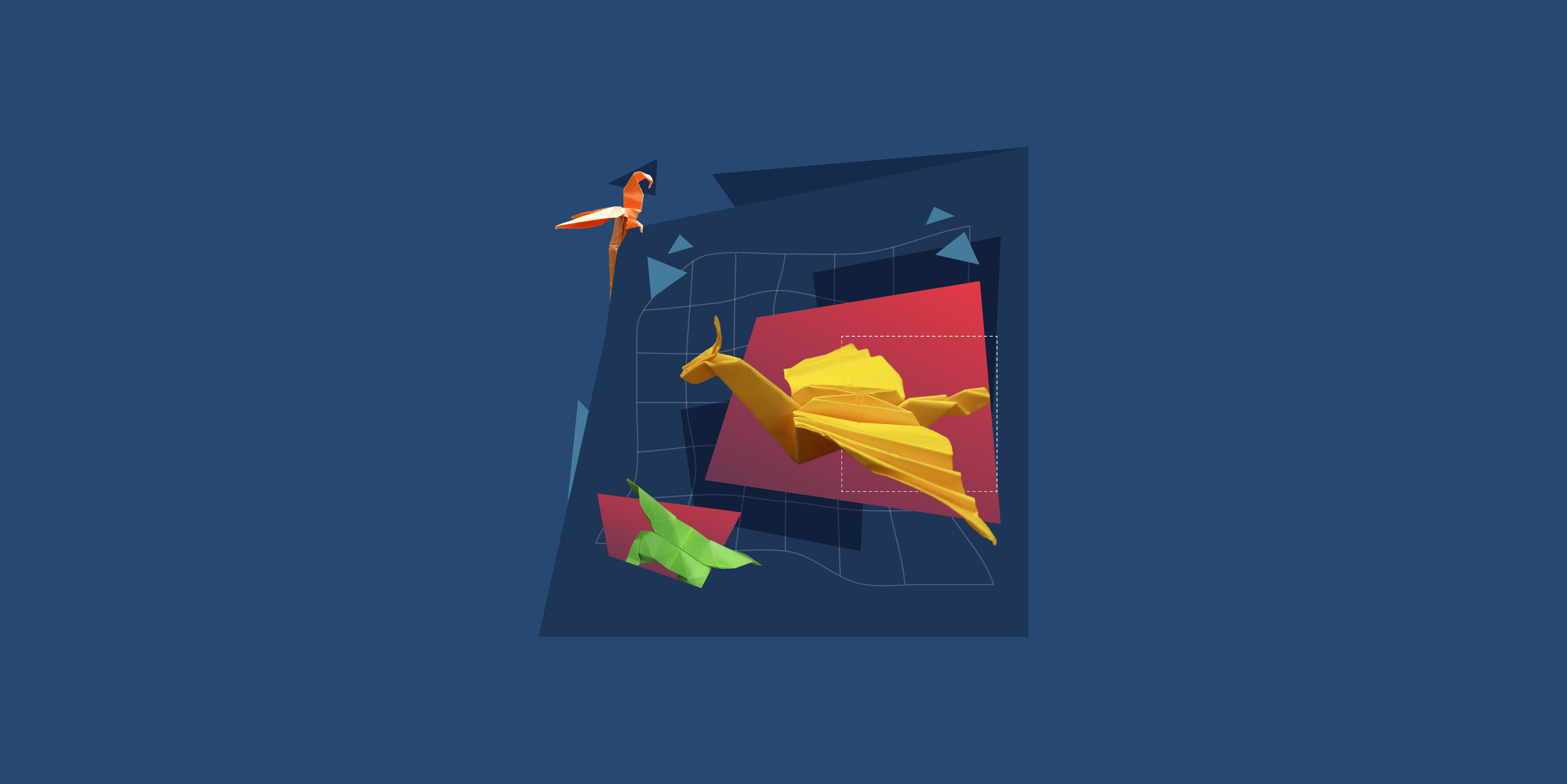Folding a mind: The art of origami
Kartik Chati
01 Dec 2025

At its root, origami is the art of folding paper into various shapes and forms. Its origin can be traced back to ancient China and Japan. Today, its influence is widespread, and it holds significance as a medium for artistic expression and mathematical exploration
My relationship with origami began almost a decade ago, my first creation being a crumpled piece of paper. I’ve frequently struggled over my inability to concentrate as my mind wavered from place to place, always ready to jump onto a new train of thought. My mind could travel the world and back within a casual Tuesday afternoon meeting. I needed something to anchor me down and keep me in the present because sometimes you don’t even realize when your thoughts start drowning you. While crumpling those pieces of paper, my parents noticed my deep engagement. I was stacking them to create something from all those paper balls and spent half a day playing with them. Perhaps that must’ve been the first time I focused on something for an extended period of time.
Later on, my parents informed our family doctor of this incident, and he recommended that I dive into the world of origami, as he hoped that it would help me concentrate in small bursts and train my thoughts to stay grounded. And so, my journey with this art form began.
At first, I learned how to fold a crane, which is one of the traditional forms. I folded one almost 3 to 4 times a day, for which I got praised by everyone, but for me, origami was never about creating something beautiful in the first place. It was a tool to ground myself in the present because just like my ever-changing thoughts, each fold would change the form of the paper, and within such change, I would find stillness, just how a boat perfectly synced with the river’s flow does.
Eventually, I switched to more complex forms. By this point, I would do origami at least once a day as I quickly developed the ability to focus. I started to enjoy the process of folding itself, and it became second nature. This is when I began experimenting with the idea of form, as origami was an expression of myself. I no longer needed instructions to reach a designated destination, instead, I chose my own path.
Sometimes, I found satisfaction without completing a form, while other times, I modified it extensively according to my heart's desires. It mattered little if it was visually pleasing, but more that it made me feel like a boat gently gliding through river currents. My relationship with origami is complex and ever-evolving, and much like the currents of a river, it is constant.
Today, I find solace in it. My thoughts can remain still even when the world around me isn’t. On the other hand, origami also gives me the time and space to let my thoughts wander. Does that mean I am back to square one? Not quite. Now I choose to let my mind fly. Away from the present. To a place of comfort.







